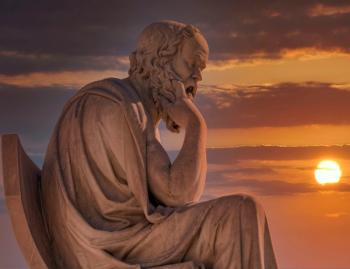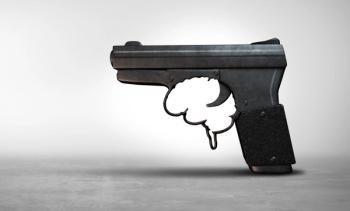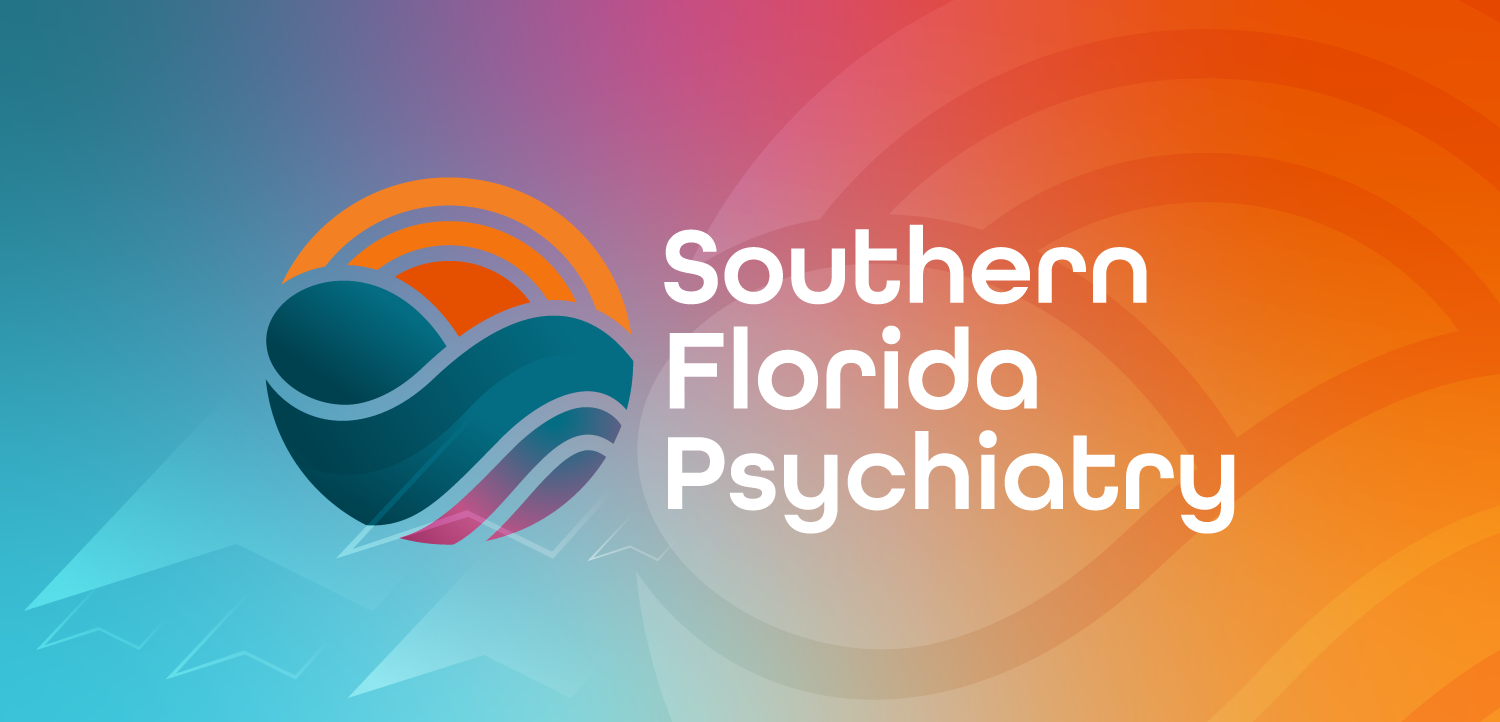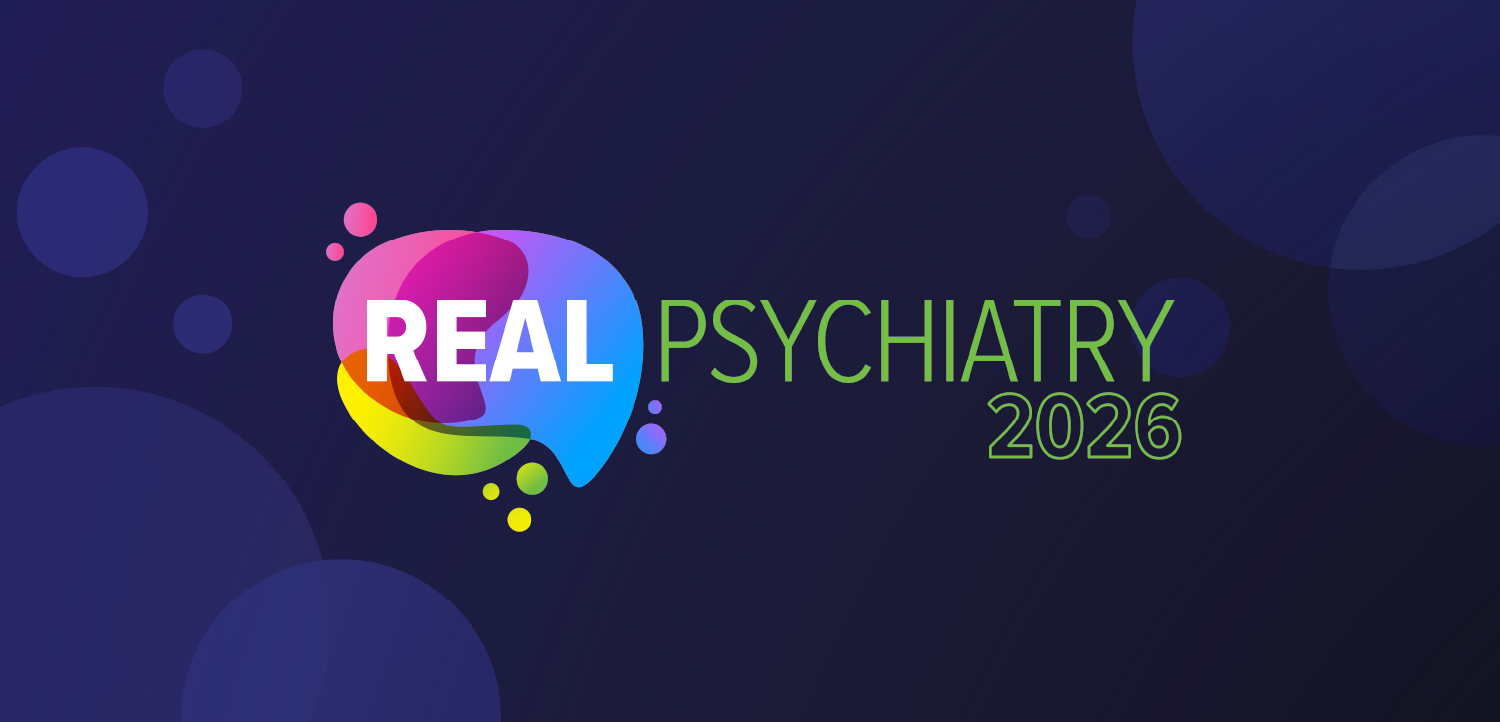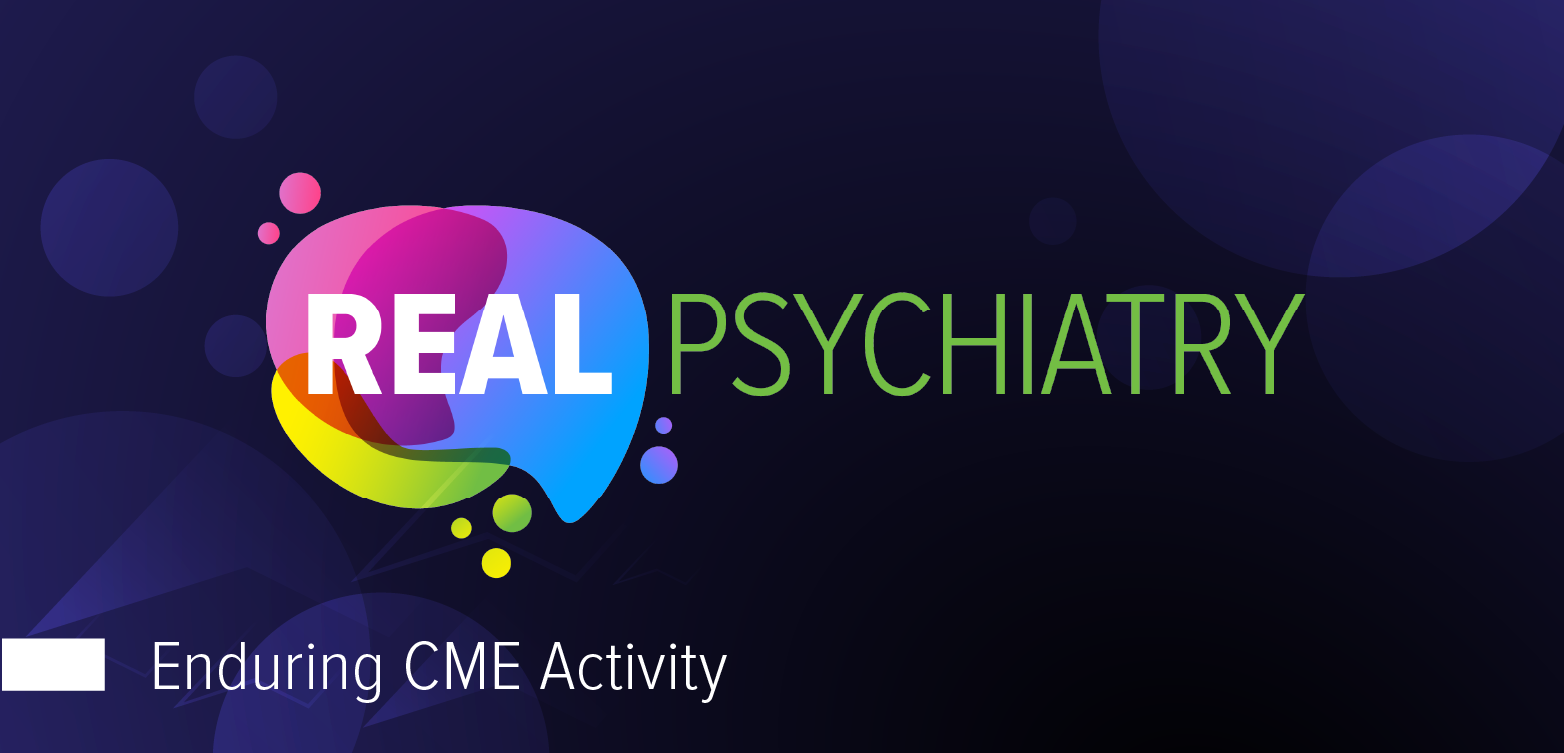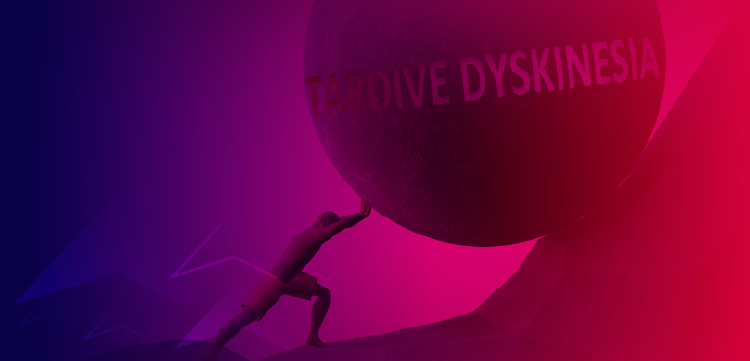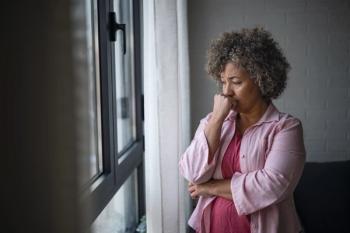
Our Statue of Liberty Is Crying
Key Takeaways
- The Statue of Liberty symbolizes hope but is imagined crying over global crises, reflecting societal challenges and mental health implications.
- "The New Colossus" poem contrasts with current immigration and societal issues, highlighting the need for compassionate interventions.
“Give me your tired, your poor, your huddled masses yearning to breathe free…”
PSYCHIATRIC VIEWS ON THE DAILY NEWS
In 1886, on a waterway entrance to New York City, the Statue of Liberty was dedicated on Liberty Island near the immigration center of Ellis Island. In that year, my paternal grandfather was 6 years old, living in Romania. I do not know if he heard of the statue, but he apparently later left Romania on his own and arrived at Ellis Island in 1898. For some reason, he was given the unique last name of Moffic. Obviously, if he did not embark on this courageous journey, I would not be writing this.
About 5 years after his arrival, maybe he did hear about the poem by Emma Lazarus that was added to the base of the statue in 1903. If you are not familiar with it, here is the poem:
The New Colossus
Not like the brazen giant of Greek fame
With conquering limbs astride from land to land;
Here at our sea-washed, sunset gates shall stand
A mighty woman with a torch, whose flame
Is the imprisoned lightning, and her name
Mother of Exiles. From her beacon-hand
Glows world-wide welcome; her mild eyes command
The air-bridged harbor that twin cities frame,
“Keep, ancient lands, your storied pomp!” cries she
With silent lips. “Give me your tired, your poor,
Your huddled masses yearning to breathe free,
The wretched refuse of your teeming shore,
Send these, the homeless, tempest-tost to me,
I lift my lamp beside the golden door!”
The statue is clearly a woman. Although Ellis Island was closed as an entry in 1954, she still watches. Her facial expression seems serious. She has “mild eyes.” However, today, the 3rd anniversary of the invasion of Ukraine, I thought, imagined, or dreamed that tears were forming in her eyes in an image I saw. I am sure it was not the first time she seemed to cry. But now, as a “Mother of Exiles,” how could any mother not cry when uncountable number of Ukrainian children have been killed and kidnapped by Russia. It is also the day when the trial of the July 4, 2022, mass shooter begins in Highland Park, Illinois, and she tears up at the father that allowed his underage son to buy the firearm. She thinks of all the innocent children killed in the Mideast War, and cries. She thinks of the children still separated from their immigrant parents in the United States, and cries. Moreover, she worries about us losing our very own liberties in the United States.
If the poem is examined in more detail, there are additional reasons why lady liberty may be crying, to wit:
- “A mighty woman.” Mighty women (and men) are needed to reverse the trend to reduce women’s control of their bodies, including when it is the right time to have a child.
- “Storied pomp.” If pomp is taken to mean ostentatious or vain, it is the narcissistic assumption of leaders that they for sure know what is best.
- “Give me your tired, your poor, your huddled masses yearning to breathe free.” This is the most quoted line from the poem, a tribute to the glory days of immigration that helped make the United States a world power, but is currently being drastically reduced.
- “The homeless.” The homeless includes the growing homeless right within the United States, especially in our cities with warmer climate. A large percentage of homeless individuals have significant mental disorders.
These trends all have mental health distress associated with them. Complementing my recent column, “
Dr Moffic is an award-winning psychiatrist who specialized in the cultural and ethical aspects of psychiatry and is now in retirement and retirement as a private pro bono community psychiatrist. A prolific writer and speaker, he has done a weekday column titled “Psychiatric Views on the Daily News” and a weekly video, “Psychiatry & Society,” since the COVID-19 pandemic emerged. He was chosen to receive the 2024 Abraham Halpern Humanitarian Award from the American Association for Social Psychiatry. Previously, he received the Administrative Award in 2016 from the American Psychiatric Association, the one-time designation of being a Hero of Public Psychiatry from the Speaker of the Assembly of the APA in 2002, and the Exemplary Psychiatrist Award from the National Alliance for the Mentally Ill in 1991. He presented the third Rabbi Jeffrey B. Stiffman lecture at Congregation Shaare Emeth in St. Louis on Sunday, May 19, 2024. He is an advocate and activist for mental health issues related to climate instability, physician burnout, and xenophobia. He is now editing the final book in a 4-volume series on religions and psychiatry for Springer: Islamophobia, anti-Semitism, Christianity, and now The Eastern Religions, and Spirituality. He serves on the Editorial Board of Psychiatric Times.
Reference
1. Goel A. Doctors Do Cry . . . 2nd Edition. Paras Medical Publisher; 2025.
Newsletter
Receive trusted psychiatric news, expert analysis, and clinical insights — subscribe today to support your practice and your patients.


